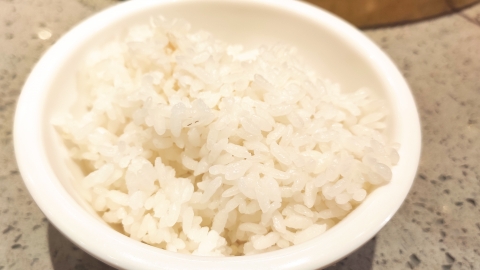How to Determine if Infested Rice Has Spoiled
To determine whether rice infested with insects has spoiled, one can generally observe whether the rice has a moldy smell, discolored grains, clumping or stickiness, sour or rancid odor, as well as the quantity and condition of the insects. Detailed analysis is as follows:

1. Moldy smell: If rice infested with insects emits a noticeable moldy odor with a damp, decaying scent, it indicates spoilage; if there is only a slight smell of rice bran due to insect infestation without any abnormal odor, it may not be spoiled.
2. Discoloration of rice grains: If rice grains show green, yellow, or black spots and there are many discolored grains, it suggests spoilage; if the grain color appears normal with only signs of insect damage, it may not be spoiled.
3. Clumping or stickiness: If the rice grains clump together due to moisture and feel soft and sticky, this indicates spoilage; if the grains remain loose and dry, with insect holes but no stickiness, it may not be spoiled.
4. Sour or rancid smell: If the rice emits a noticeable sour or rancid smell indicating oil spoilage, it indicates spoilage; if it only has the normal mild scent of rice without any unpleasant odor, it may not be spoiled.
5. Quantity and condition of insects: If there are many insects, along with accumulated insect bodies and droppings, and the rice grains are severely damaged, the rice has likely spoiled; if there are only a few live insects and the rice grains remain largely intact, it may not be spoiled.
When encountering rice infested with insects, if the rice is not spoiled, you may sift out the insects and impurities, thoroughly wash the rice, and cook it completely, confirming there is no abnormal odor before consumption. Rice should be stored in a dry and well-ventilated environment to prevent further insect infestation or spoilage.





